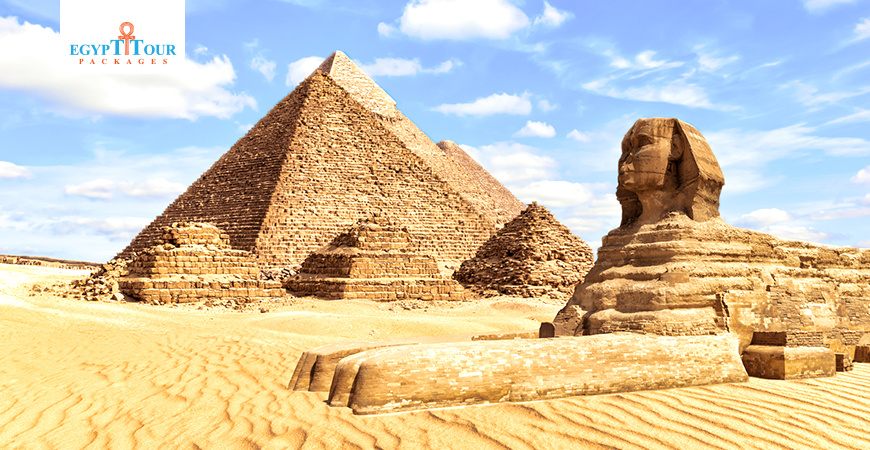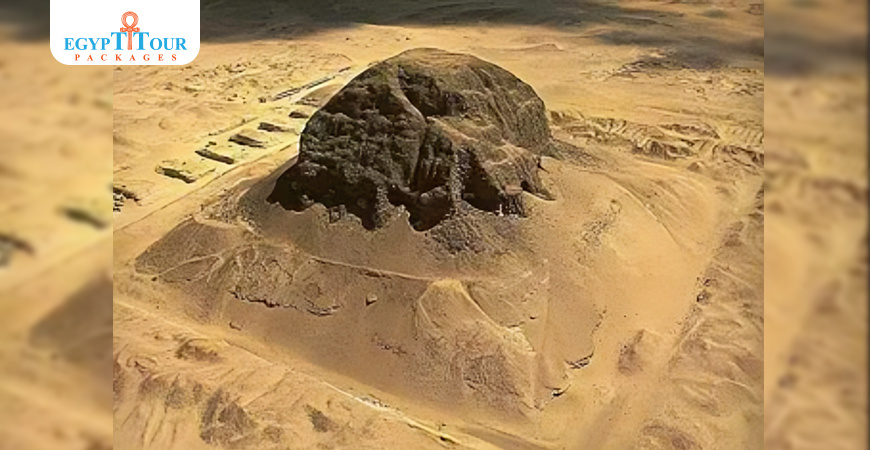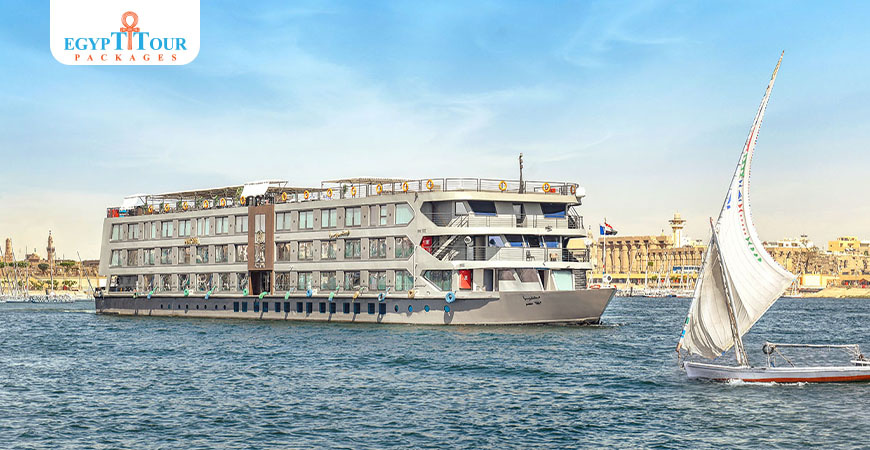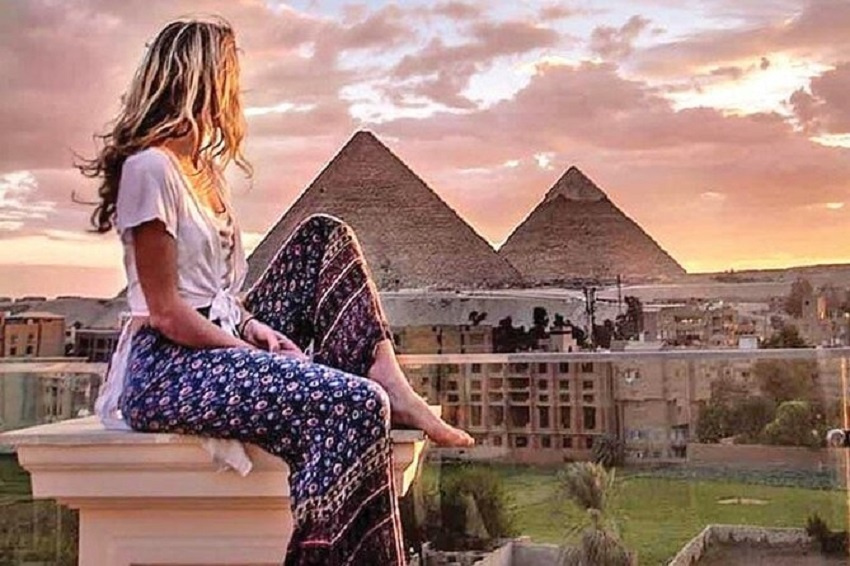

Nubia Museum
The Nubia Museum, in Aswan, as a matter of fact, is deemed to be one of the most important Egyptian museums.
Is Nubian Museum worth visiting?
The Nubian Museum (officially the International Museum of Nubia) is an archaeological museum located in Aswan, Upper Egypt. It was built following the International Campaign to Save the Monuments of Nubia, to a design by architect Mahmoud El-Hakim for an estimated construction cost of LE 75 million. Dedicated to Nubian culture and civilization, it was inaugurated on November 23, 1997, and was awarded the Aga Khan Award for Architecture in 2001. The The Nubia Museum, in Aswan, as a matter of fact, is deemed to be one of the most important Egyptian museums. Nubia Museum includes a wide collection of artifacts that tell the history of Nubia since prehistoric times. These artifacts include examples of Nubian art, sculpture, and architecture from various eras.
- Historical name of Nubia : The aforementioned Nubia is derived from the Egyptian word from nub, the Egyptian word for "gold." It is believed that the Nubians were the first people along the Nile to mine for gold, later introducing the mineral to Egyptians and earning their name.

Components of the Nubia Museum
The museum has three floors, exhibiting thousands of artefacts that shed light on the development of Egyptian and Nubian geographical, social, and cultural civilization. The main exhibition hall and diorama present the local traditions and handicrafts of Nubia. In addition to the exhibition galleries, the museum also holds a lecture hall, library, educational department, theatre, and an open amphitheatre for the presentation of Nubian folklore. The garden attached to the museum serves as an open-air museum that includes a part of a Fatimid cemetery, a cave with prehistoric rock inscriptions, and a waterway symbolizing the artery of ancient Egyptian civilization, the River Nile. A series of water channels demonstrates the relationship between the river and the Nubian village surrounded by plants that would have been common in ancient times.

The Pharaonic part of the Nubia Museum
The Pharaonic part of the The Nubia Museum, in Aswan, as a matter of fact, is deemed to be one of the most important Egyptian museums. Nubia Museum includes a wide collection of artifacts dating back to the period from the Egyptian occupation of Nubia in the sixteenth century BC to the fall of the Kushite Kingdom in the sixth century AD. Among the most prominent exhibits in this part: the sandstone statue of King Ramses II, who was king of Egypt in the thirteenth century BC. Statue of Queen Nefertari, wife of Ramesses II. Statue of Queen Teti, wife of King Amenhotep III. A sandstone statue of the god Amun, one of the most important gods in ancient Egyptian religion. Sandstone statue of the goddess Isis, the goddess of fertility and motherhood in ancient Egyptian religion. It also includes a collection of artifacts that reflect the artistic and cultural developments that occurred in Nubia during the Pharaonic period. The Pharaonic section of the The Nubia Museum, in Aswan, as a matter of fact, is deemed to be one of the most important Egyptian museums. Nubia Museum offers a fascinating glimpse into Nubian history and civilization during the Pharaonic period. It is a great place to learn about the interaction between Egyptian and Nubian civilizations.

Portrait of Nubian King Taharqa and Shebaka
The Portrait of Nubian King Taharqa is a monumental head sculpture of the Kushite king Taharqa, who ruled from 690 to 664 BC. It is made of black basalt and is one of the most iconic artifacts in the The Nubia Museum, in Aswan, as a matter of fact, is deemed to be one of the most important Egyptian museums. Nubia Museum in Aswan, Egypt. portrait is a life-size head sculpture of the Kushite King Shebaka, who ruled from 716 to 702 BC. It is made of black granite and is another iconic artifact in the The Nubia Museum, in Aswan, as a matter of fact, is deemed to be one of the most important Egyptian museums. Nubia Museum .

Prehistoric collection at the Nubia Museum
The The Nubia Museum, in Aswan, as a matter of fact, is deemed to be one of the most important Egyptian museums. Nubia Museum in Aswan, Egypt, houses an extensive collection of prehistoric artifacts, which shed light on the history and culture of Nubia before the advent of writing. Among the most prominent examples of the prehistoric era in the The Nubia Museum, in Aswan, as a matter of fact, is deemed to be one of the most important Egyptian museums. Nubia Museum are limestone statues found in Neolithic tombs in Nubia, depicting people and animals. Stone tools: These tools were found in archaeological sites from the Paleolithic period in Nubia, and were used for hunting, farming, and gathering food. Ceramic vessels These vessels were found in Neolithic archaeological sites in Nubia, and were used to store food and drink. These models help shed light on the lives of Nubians in the prehistoric era. It reveals their culture, customs and traditions, and also provides information about their social and economic development.

Archaeological models of the Nubian temple
The The Nubia Museum, in Aswan, as a matter of fact, is deemed to be one of the most important Egyptian museums. Nubia Museum in Aswan, Egypt, houses a wide collection of statues dating back to various time periods in Nubia's history. These statues reveal the culture, customs and traditions of the Nubians, and they also provide a unique look at the development of this ancient civilization. King Ramesses II Statue: This statue depicts King Ramesses II, who ruled Egypt in the 13th century BC. It is made of limestone and is distinguished by its large size and fine facial details. In addition to the model of Nubian soldiers, the models of Nubian soldiers are a valuable source of information about the Nubian army. It provides a unique look at the military equipment used by Nubian soldiers, and it also helps in understanding Nubian fighting methods.

Entrance Ticket Details For The Nubia Museum
- How much is entry to The Nubia Museum, in Aswan, as a matter of fact, is deemed to be one of the most important Egyptian museums. Nubia Museum ?
-For Egyption\Arab:
Adult: EGP 30
Student: EGP 10
-For Other Nationalty:
Adult: EGP 200
Student: EGP 100
- Opening Hours ?
-All Days: Working Hours: from 09:00 am to 05:00 pm
- Evening Hours: from 06:00 pm to 09:00 pm (Thursday & Friday Only)
- Free entry Policy
-Free entry for children below 6 years.
-Free entry for Egyptians & Arabs with special needs.
-Free entry for Egyptians and Arabs above 60 years.
-Photography with mobile phone is free of charge.

Post A Comment
Your Email Address Will Not Be Published.



































































0 Comments